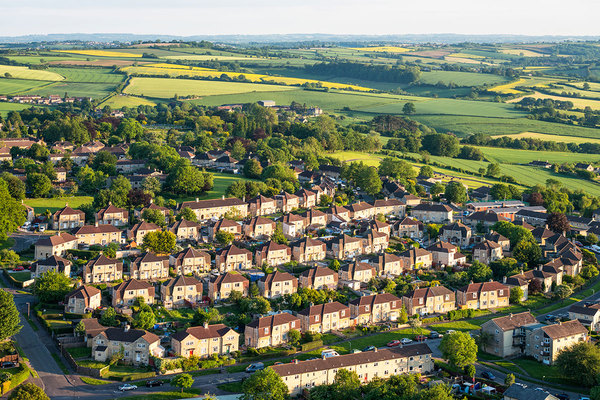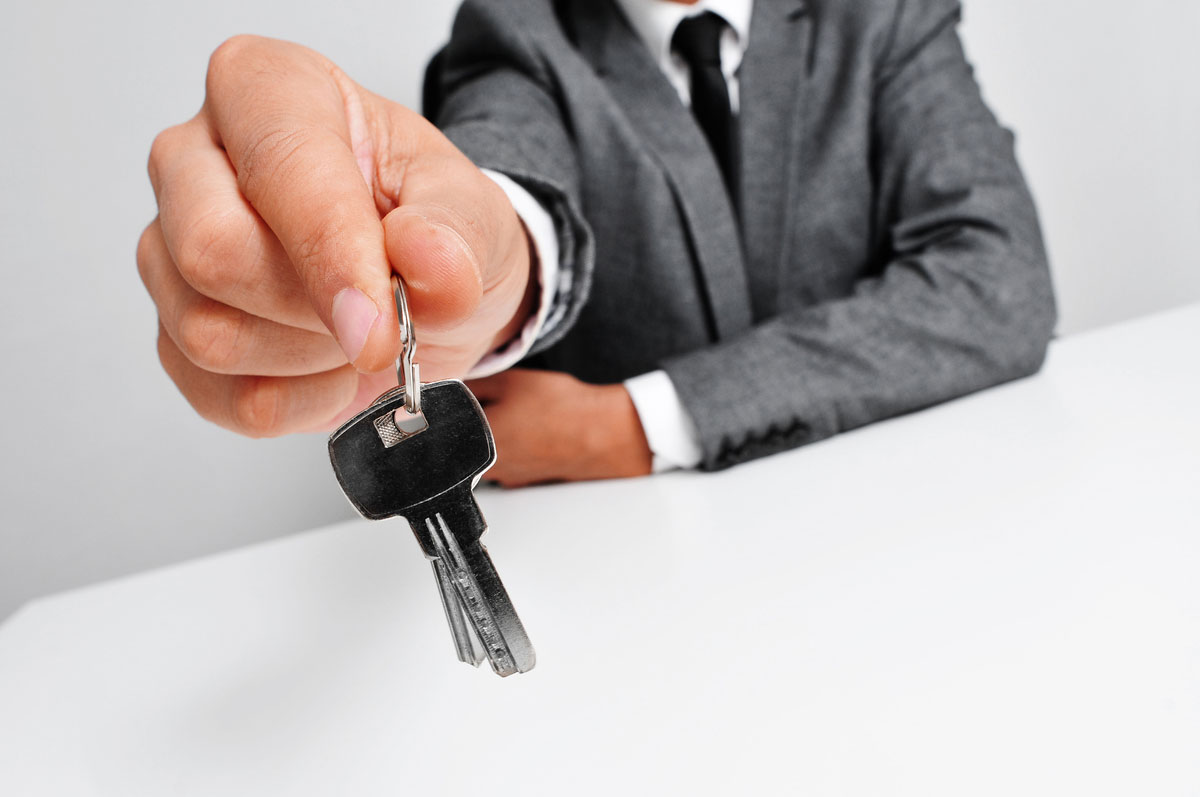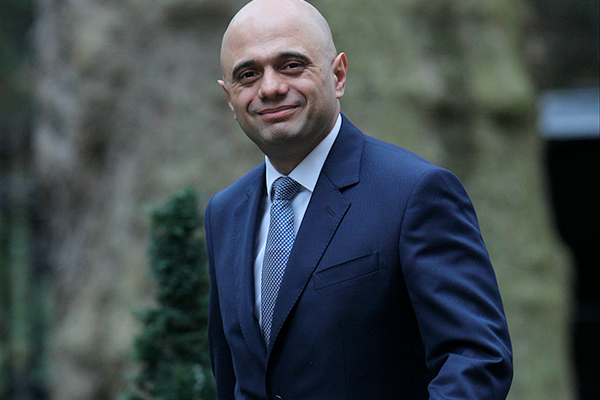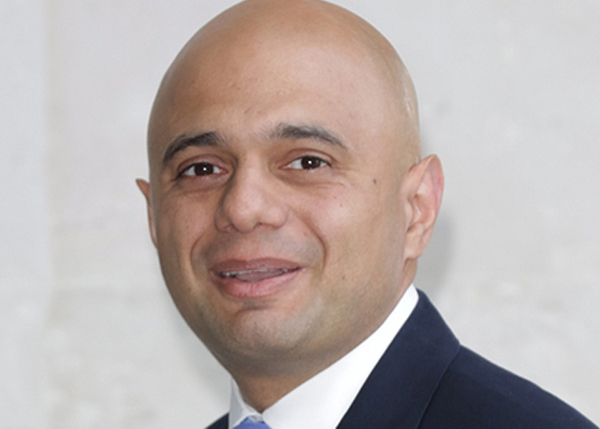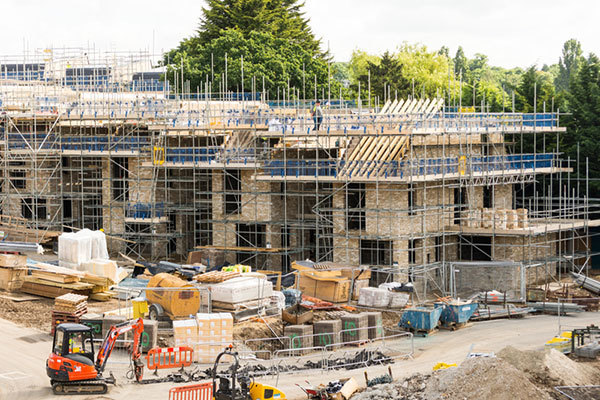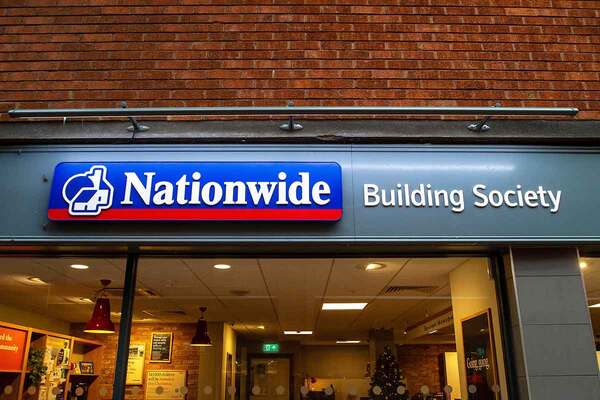You are viewing 1 of your 1 free articles
 Jules Birch
Jules BirchThe trouble with leasehold
As the government announces plans to tackle leasehold exploitation, here is Jules Birch’s piece from earlier this year explaining the problem and its significance
 Jules Birch
Jules BirchThis piece was originally published on April 13
Question: when is a homeowner not really a homeowner? Answer: when they are a leaseholder.
Leaseholders have the responsibilities of being an owner without having all of the rights. They own the bricks and mortar of the homes they are living in – but only for the length of their lease – and they do not own the land it is built on.
“Leaseholders may see themselves as owners but in the eyes of the law they are tenants.”
They pay a mortgage but they also pay ground rent to the freeholder and a service charge for maintenance carried out by companies over whom they may have no control.
Leaseholders may see themselves as owners but in the eyes of the law they are tenants.
The issue has come to a head recently with the scandal of developers selling leasehold new houses and then selling on the freehold for a profit. Unwitting buyers have found themselves facing bills for ground rent that double every 10 years and an escalating bill for buying the freehold.
In an otherwise friendly speech to house builders a couple of weeks ago, communities secretary Sajid Javid put them on notice. He told them: “As a government committed to building a fairer society, I don’t see how we can look the other way while these practically feudal practices persist.
“So I will look to ensure Help to Buy equity loans are only used to support new build houses on acceptable terms. This will send a serious message to the building industry: if you want the government to help you build and sell homes, you have to sell them on fair terms.”
But he and his ministers know that problems with new build houses are just the tip of a leasehold iceberg. Experimental statistics released by the Department for Communities and Local Government (DCLG) last week estimates that there are almost four million leasehold properties in England: 2.8 million flats and 1.2 million houses.
Although leasehold seems to be an increasing issue on new build developments, these figures indicate its much deeper roots.
While leasehold as a form of land ownership goes back to the Domesday Book, problems with leasehold housing and calls for reform have recurred again and again over the past 150 years.
Progress includes rights to extend the lease, to manage repairs and to enfranchisement (buying the freehold – the word betrays the deep links between property rights and voting rights in the 19th century).
The house builders of the 21st century are not the first to work out that ground rents and selling on the freehold can be an extremely profitable business. Landowners, developers and landlords did much the same thing in the 19th and 20th centuries and, as those statistics show, leasehold houses are much more common than you might think, especially in old industrial areas.
And problems faced by leaseholders with ground rent, service charges, inflated maintenance bills and obstacles to extending the lease are nothing new either.
A report by the Home Owners Alliance (HOA) illustrated some of the issues. Almost half of owner-occupied leaseholders reported at least one negative experience with their freeholder or managing agent. Meanwhile 370,000 of them had leaseholds of less than 80 years, making them very expensive to extend or buy the freehold and very difficult to sell.
Yet leasehold is still growing. It accounted for 43% of new build registrations in 2015 compared with just 22% in 1996. The HOA argues this means that the decline of ‘proper homeownership’ has been even steeper than we think.
Take the DCLG’s estimate of 2.2 million owner-occupied homes that are leasehold and the true homeownership rate for England falls from 63% to just 53%.
The issues are also directly relevant to councils and housing associations. Flats sold under the Right to Buy and homes sold for shared ownership are leasehold.
Little wonder that they too have disputes about major repairs and service charges or that shared ownership too faces recurring calls for reform.
Despite all the campaigns and reforming legislation over the years, England and Wales are the only countries in the world that have leasehold.
“Developers and landlords have no incentive to give up a leasehold system that works very profitably for them.”
An alternative has been on the statute books for 15 years and got nowhere.
The Commonhold and Leasehold Reform Act 2002 created the equivalent of the American condominium or Australian strata title for this country. Residents own their property and automatically belong to a commonhold association that owns the block and is responsible for the upkeep of the common areas. There is no lease.
Yet the most generous estimate I can find suggests that just 50 commonhold developments have ever been built.
Why? There seem to be some legal problems with the drafting of the legislation and a lack of familiarity among buyers, solicitors and mortgage lenders has also played a part. The current model of shared ownership requires a lease to work.
But the overwhelming reason appears to be that developers and landlords have no incentive to give up a leasehold system that works very profitably for them.
Before Christmas MPs debated problems with leasehold and were told by housing minister Gavin Barwell that there was “a gulf between the letter of the law and…what is right”. He promised proposals in the New Year to tackle it.
In February the Housing White Paper said that “the government will act to promote fairness and transparency for the growing number of leaseholders”. It promised a consultation on “a range of measures to to tackle unfair and unreasonable abuses of leasehold” and on “whether and how to reinvigorate commonhold”.
The HomeOwners Alliance argues that the government should make a public commitment to scaling back and reforming leasehold. Leasehold new houses should be banned and commonhold made mandatory for all new blocks of flats and apartments.
Will the government go that far? The previous history of leasehold reform, and the vested interests supporting the current system, suggest not.
But if all Mr Javid does is stop house builders selling leasehold houses via Help to Buy, he will be leaving a feudal system largely intact.
Jules Birch is an award-winning blogger
